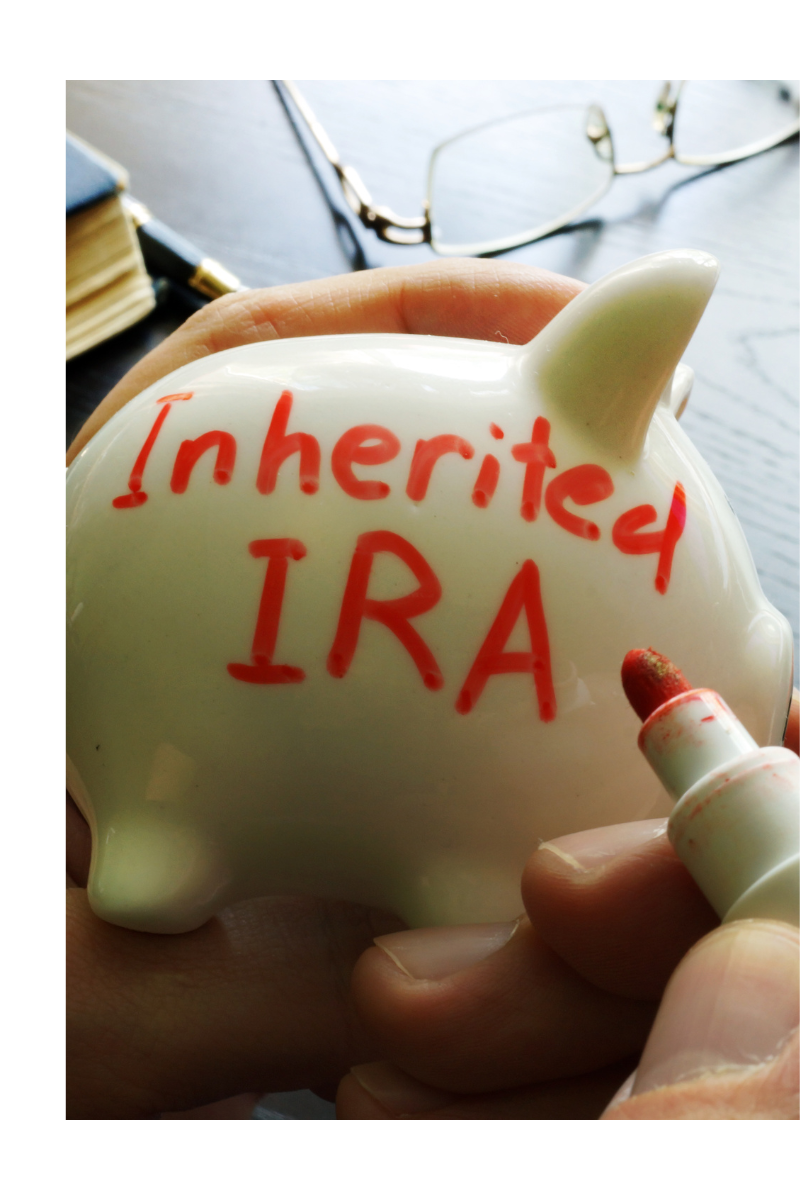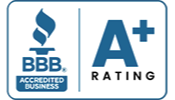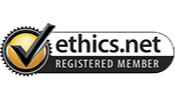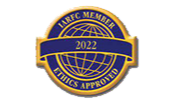The retirement landscape is shifting dramatically as the largest wave of Americans in history reaches the traditional retirement age. Known as the “Peak 65” generation, this group represents a pivotal moment in retirement planning.
In 2025,an average of 11,400 Americans will turn 65 each day, setting a historic milestone with 4.18 million people reaching the traditional retirement age within the year—the highest on record. With economic uncertainty and evolving retirement benefits, it is more critical than ever for those approaching retirement to have a solid financial plan. Here are the essential steps for navigating the journey to financial security in retirement.
Understanding ‘Peak 65’
“Peak 65” marks the age when many individuals begin considering retirement or transitioning from full-time work to exploring new opportunities. As expected, the Alliance for Lifetime Income (ALI) emphasizes retirement income, offering insightful statistics for those approaching this pivotal stage, known as the Peak Zone:
- Two-thirds of Peak Boomers will face challenges maintaining their lifestyles in retirement due to their assets and life expectancy of 20 or more years.
- More than 52.5% have assets of $250,000 or less, making it likely they will exhaust their savings and rely primarily on Social Security for income.
- An additional 14.6% have assets of $500,000 or less, meaning nearly two-thirds of retirees may struggle to meet their financial needs.
- According to the Social Security Administration, Social Security is designed to replace approximately 40% of a person’s annual pre-retirement income.
This wave of upcoming retirees is reshaping the retirement planning landscape and presents the task of protecting wealth for an extended duration. One of the positive aspects of ‘Peak 65’ is that it prompts individuals to reassess their retirement savings, investments, and overall financial readiness for retirement. This demographic shift carries profound implications for the wealth management sector.
As an investor approaching retirement age, your retirement plan must adapt to this new reality to effectively meet the needs of today’s and tomorrow’s retirees. It goes beyond simply having enough to retire. The focus is sustainable retirement funds, allowing individuals to fulfill their aspirations of leaving behind a meaningful legacy. Let’s explore how wealth management can play a pivotal role in achieving these goals.
Having A Wealth Preservation Strategy
Financial readiness becomes paramount as individuals approach the ‘Peak 65’ milestone. Those nearing retirement must meticulously evaluate their retirement income sources to gauge their readiness for this stage of life. This requires the adoption of a wealth preservation strategy.
While wealth growth focuses on accumulating more assets, wealth preservation centers on protecting wealth against erosion. Various investment strategies are tailored to help secure wealth over the long term. Instead of putting all your eggs in one basket, diversifying your investment portfolio across various asset classes can help spread risk and potentially enhance returns.
Consider a mix of stocks, bonds, real estate, and alternative investments. By embracing a diversified investment approach and incorporating alternative investments to preserve wealth, individuals can help protect assets from significant declines in value.
Having An Estate Plan
For many retirees, helping ensure a lasting financial legacy for their children and grandchildren is a top priority. As the Baby Boomer generation ages, they prepare to pass their wealth to the next generation in significant ways. Here’s how:
- Approximately $124 trillion in wealth is expected to be transferred by 2048.
- $105 trillion will be inherited by heirs, while $18 trillion will be donated to charity.
- Nearly $100 trillion will come from Baby Boomers and older generations, accounting for 81% of all wealth transfers.
- More than 50% of the total transfers ($62 trillion) will come from high-net-worth and ultra-high-net-worth (HNWI/UHNW) individuals, representing just 2% of all households.
With such vast wealth in motion, having a well-structured estate plan is critical to helping ensure a smooth and efficient wealth transfer. A thorough plan allows you to manage your assets during your lifetime while ensuring they are distributed according to your wishes after your passing.
Beyond financial considerations, an estate plan can also outline your healthcare preferences, allowing your wishes to be honored even if you cannot communicate them yourself. Additionally, it can designate a trusted individual to help manage your financial affairs if you cannot do so.
At Agemy Financial Strategies, our fiduciary advisors are here to help you navigate the complexities of estate planning. We work with you to develop a customized plan that includes asset distribution strategies, tax minimization solutions, and the right trust structures to fit your unique needs. Taking these steps helps your wealth endure and effectively serve future generations.
Healthcare and Long-Term Care Considerations
With ‘Peak 65″ comes an increase in people needing long-term care. The cost of long-term care can be substantial, and it’s not covered by traditional health insurance or Medicare. On average, the annual nursing home cost is $110,360 for a semi-private room or $123,913 for a private room.
It’s crucial to remember that nursing home costs vary significantly by location, so it’s important to check specific rates in your area. The financial commitment associated with long-term care necessitates careful consideration and planning to help ensure the well-being of your loved ones and your financial stability.
Planning for long-term care needs is essential to help ensure that retirees have the necessary resources to receive the care they require. This can involve creating a financial plan, researching care options, and discussing wishes with loved ones. Working with a fiduciary can help you plan for these costs.
How Team Agemy Can Help
Navigating the complexities of retirement planning, especially during ‘Peak 65’, can be daunting. Working with a fiduciary can be useful for Americans transitioning to their golden years. Moreover, fiduciary advisors must act in their clients’ best interests, providing objective advice.
For over 35 years, Agemy Financial Strategies has been dedicated to empowering retirees and pre-retirees through customized retirement planning services so our clients can get sound advice and gain knowledge in the following areas:
- Goal Setting: We will help you establish clear and attainable retirement goals, crafting a personalized financial blueprint to realize your retirement lifestyle aspirations.
- Risk Assessment: Identifying potential financial risks is the cornerstone of our approach. We’ll work with you to develop sound strategies that not only identify these risks but also help mitigate them.
- Portfolio Management: Our experience extends to implementing and managing a diversified investment portfolio that is meticulously aligned with your long-term objectives and risk tolerance.
- Regular Reviews: Financial landscapes are ever-changing. That’s why we’re committed to consistently monitoring and fine-tuning your financial plan to help you remain in harmony with your evolving circumstances.
Our top goal is to empower clients to make informed decisions and confidently navigate the financial landscape’s complexities. Our team takes the time to understand each client’s circumstances and long-term objectives, helping to ensure that their retirement plans align with their goals.
Final Thoughts
The Peak 65 generation is reshaping retirement. With careful planning and proactive strategies, today’s retirees can achieve financial security and peace of mind. Agemy Financial Strategies understands the unique challenges associated with this milestone. As a Connecticut-based financial firm with offices in Denver, Colorado, we are committed to helping retirees navigate the complexities of financial planning.
Whether you’re preparing for retirement, managing your wealth, planning your legacy, or simply seeking guidance for a smooth transition, we’re here to support you every step of the way. If you’re turning 65 and wondering what’s next, let’s start the conversation today.
Contact us today to begin your journey toward a confident retirement.
Peak 65 FAQs
1. What does “Peak 65” mean?
Peak 65 refers to the unprecedented number of Americans turning 65 in 2025. With approximately 11,400 people reaching this milestone each day, this demographic shift has major implications for retirement planning, healthcare, and Social Security funding.
2. What are the biggest financial risks for retirees in 2025?
The biggest financial risks include longevity, inflation, market volatility, and healthcare expenses. Inflation continues to raise the cost of goods and services, reducing purchasing power over time. Market fluctuations can impact investment returns, making retirement income less predictable. Additionally, healthcare costs, including medical care, prescriptions, and long-term care, remain a significant concern.
3. Are there strategies to help retirement savings last?
It’s important to have multiple sources of guaranteed income. Certain annuities can provide a potential income stream regardless of market conditions. Dividend-paying investments, such as certain stocks or funds, can create a passive income stream. Roth IRA conversions may help minimize future tax burdens on withdrawals, helping ensure more of your savings can be used for retirement needs.
4. What should I consider when planning for healthcare in retirement?
When planning for healthcare in retirement, it is important to understand Medicare enrollment deadlines and choose the right plan to avoid coverage gaps. Long-term care insurance can help cover expenses for assisted living or nursing homes. Health Savings Accounts (HSAs) provide a tax-advantaged way to save for medical expenses. Additionally, supplemental insurance, such as Medigap or Medicare Advantage plans, can help cover costs not included in traditional Medicare.
5. How can a financial advisor help Peak 65 retirees?
A fiduciary financial advisor can help Peak 65 retirees create a sustainable income plan to help ensure financial security throughout retirement. They can assist in minimizing taxes on withdrawals from retirement accounts and adjusting investments to reduce risk while maintaining proper diversification. A fiduciary advisor can also help develop a healthcare strategy to cover medical and long-term care expenses, helping retirees have a comprehensive plan for the future.
6. What’s the best way to get started with retirement planning?
The best way to start retirement planning is to assess your current financial situation and establish clear goals. Evaluate your assets, including savings, pensions, and other income sources. Estimate future expenses for daily living, healthcare, travel, and unexpected costs. Determine if there are income gaps that need to be addressed. Explore investment options, such as annuities, bonds, and dividend-paying stocks, to create a balanced financial plan. Meeting with a fiduciary advisor is critical to get guidance tailored to your retirement needs.
Disclaimer: The information provided in this article is for educational and informational purposes only and should not be considered financial, tax, or legal advice. Individual financial situations vary, and readers are encouraged to seek personalized guidance from the qualified financial professionals at Agemy Financial Strategies before making investment decisions.


 3. Being Part of the Sandwich Generation
3. Being Part of the Sandwich Generation
 Planning for a Secure Retirement with Agemy Financial Strategies
Planning for a Secure Retirement with Agemy Financial Strategies
 1. The Cost of Living
1. The Cost of Living 
 Planning Your Retirement in Colorado With Agemy
Planning Your Retirement in Colorado With Agemy
 2. SIMPLE IRAs & Catch-Up Contributions
2. SIMPLE IRAs & Catch-Up Contributions 
 6. New Retirement Savings “Lost and Found”
6. New Retirement Savings “Lost and Found”




 Diversify Your Investments
Diversify Your Investments

 Seek Professional Guidance
Seek Professional Guidance

